Black Friday 2021 deals: The cheapest gaming PC you can build

 Image: Intel
Image: IntelIn normal years, picking out the best Black Friday PC component deals can take some time. In 2021, however, choosing parts is startlingly fast, if only because there are so few deals due to low parts availability. You can still find eye-popping bargains—even during the weekend after Black Friday proper, as several deals that are available remain—but spinning them into budget PC building gold is much harder.
Every Black Friday, I try to spec out the cheapest gaming PC possible using only discounted parts, and as you can see from my 2016, 2017, 2018, and 2019 results, my machines steadily improved while also dropping in price. Then the pandemic hit. As you can see in my 2020 build, putting together a cheap Black Friday gaming PC got rough.
This year is even more difficult, due to supply chain issues. In fact, hopping on this year’s deals requires lucky timing and quick reflexes. So, instead of this project being something we can all undertake, think of this article as a temperature read on the state of PC building. Or rather, take it as concrete proof of what DIY builders have known for months: Things suck right now.
Build #1: The cheapest Black Friday gaming PC possible
This year’s cheapest build revolves around a Micro Center in-store deal, but even if you don’t live near that retailer, you can still roll this system yourself. (It’ll just cost more.) The deals largely remain available, and if not, you can find decent substitutes. There’s also a particular angle it takes on graphics, which you’ll see in a moment.
Build notes
This price for the Core i3-10105 is only available for in-store pickup at Micro Center. You can obtain it for $20 more on Newegg with coupon code SSAY2522.Price is for Amazon Prime members only. You can sign up for a free 30-day Prime trial to get this price. Otherwise, non-Prime members can consider the 250GB WD Blue SN550 M.2 SSD or the 240GB Crucial BX500 2.5-inch SSD for $35, but be aware that these drives are a downgrade in capacity.Price is after filing $20 mail-in rebate. You can instead opt for the EVGA 500W 80+ if you prefer no mail-in rebates or the Corsair CX550 is sold out.Price is after filing $20 mail-in rebate.
After last year’s Athlon special, I chose not to purposely go that low in specs this time around. (Not that I could, as the 3000G is sold out.) Black Friday deal hunting should feel at least a little exciting—that you were able to snap up something at a price you’d almost never see another time of the year. Or at the very least, the bones of your system feel respectably long-lasting despite how little you spent on it.
Enter Micro Center, every PC builder’s mecca, as well as my newly flexible definition of what constitutes a gaming PC. (Hold onto your outrage over the choice to lean on GeForce Now. I’ll get to that in just a bit.)
Right now, you can buy the Core i3-10105 for $100 from Micro Center, a very respectable processor with 4 cores and 8 threads. Will it burn down barns? Of course not, but it’s still a solid budget CPU. Snagging one at a discount is a good get these days.
Unfortunately, you can’t pair it with an equally affordable motherboard. You won’t find many low-cost Intel LGA 1200 boards to choose from during Black Friday, much less ones on deep discount. In contrast, building an AMD system lets you pick up a mobo for at least $30 less. But this B560 model will do.

Phanteks
Phanteks
Phanteks
As for the memory, storage, power supply, and case, the picks are pretty straightforward. RAM has been kept at 8GB and a single DIMM for cost savings, but if I were to tweak this system, I’d spend on a 2x 4GB DIMM configuration for better performance. As for the SSD, 500GB may seem extravagant given the approach to memory, but saving less than $10 and halving the amount of storage is silly if you’re an Amazon Prime member. (Those on a tight budget can go down to 250GB M.2 SSD or a 240GB 2.5-inch SATA drive to trim another $8 from the cost, and I’ve put those suggestions in the build notes.) The Phanteks case is a nice get, as it’s a brand-name case with a tempered glass panel. Those don’t normally drop below sale prices of $45.
The operating system is easy, too—it’s an OEM license from PCWorld’s official software store, which offers a Windows 10 Home license for $40. It’s not quite as good a deal as previous years (which offered a retail key for $30), but it’s above board and will keep people from being appalled about the source of your Windows key.
Okay. Now let’s talk about the graphics card in this build. Or rather, the lack of it.
How is this a gaming PC? Strictly speaking, it’s not. You don’t have powerful enough graphics in the CPU to really run games locally, outside of ultra-lightweight indie games. The way you game on this computer is through GeForce Now, which costs zilch for the entry-level subscription. We’ve talked up the service for months as the best way to tide yourself over until affordable graphics cards become a thing again. (Heck, until affordable budget graphics cards get released again.) The chip shortages are so bad that the traditional sweet spot for gamers—$300 and below—is a wasteland. Never mind anything below $150.
GeForce Now is obviously not a one-to-one replacement for a discrete graphics card, as you’ll see in our full explanation of the pros and cons of the service). But for the time being, a little latency and waiting queues can be tolerated over paying scalpers’ prices for a GPU. Or scouring endlessly for a GPU at list price.
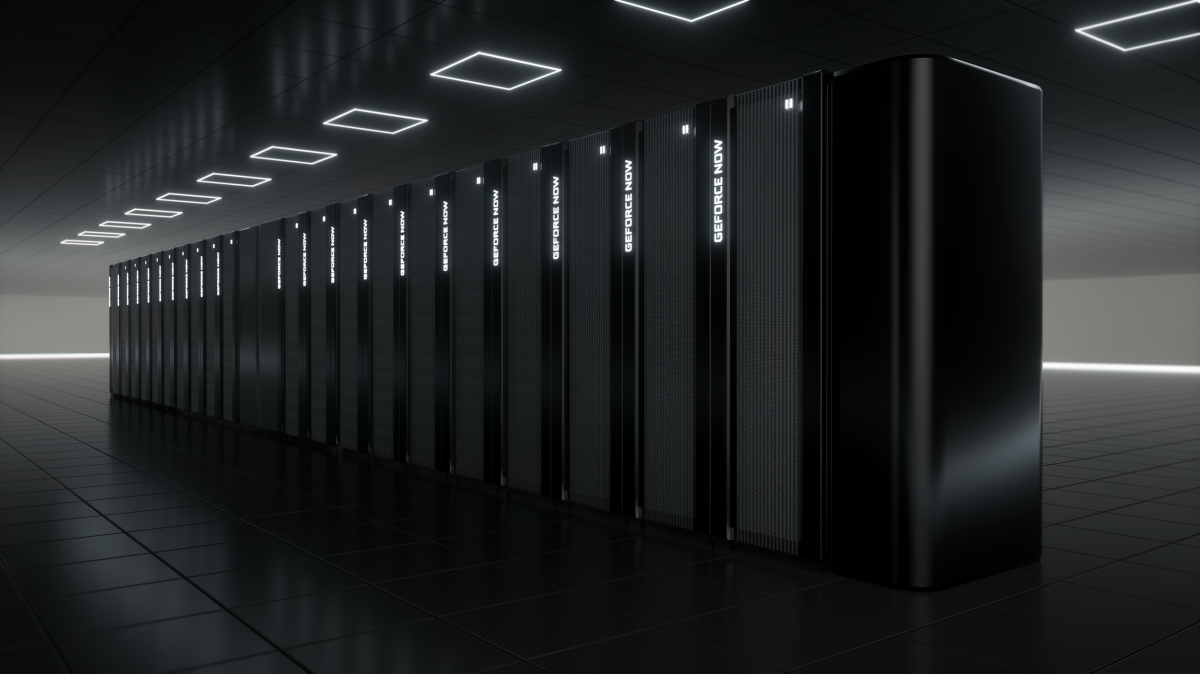
Nvidia
Nvidia
Nvidia
Is this cheating? Yeah, kind of. (I originally was going to call this the Cheat Version of the cheapest gaming PC you could build, but I didn’t want to tip my hand off the bat.) But it works. And this build illustrates the state of things very clearly: When you have to pair a productivity PC with cloud gaming to roll a cheap gaming PC, that shows how bad the state of PC building is right now. Just in case you weren’t paying attention to how painful it really is.
Still, I feel like I got away with something that shouldn’t normally be possible, which is exactly how a build created from Black Friday PC part deals should feel. (Even if it’s almost $100 more than last year’s cheapest build.) This one sports some quality parts, and it should be able to take a budget graphics card easily when those become available again.
Upgrades I’d make
If I were willing to cross the $400 threshold, I’d upgrade the RAM to 16GB of memory (2x 8GB DIMMs). I’d also add more storage, too. If you were quick on the draw, you could’ve added a trusty 1TB WD Blue HDD for $24, which is very affordable. A bump up to a 1TB SSD to maintain fast transfer rates would be more luxurious, though. I’d also consider jumping up $8 to a fully modular Seasonic Focus 80+ Gold 500W power supply, for the sake of easier cable routing and better power efficiency.
Build #2: The cheapest gaming PC I’d build
This upgraded Micro Center-based system features a beefy Core i7-10700K for a breathtaking low of $150. The caveat? You had to live in the vicinity of the Tustin, CA location. Sadly, the deal’s over on this CPU, but since the sale took place during November’s Black Friday discounts, it counts for this challenge.
Build notes
This price for the Core i7-10700K was only available for in-store pickup at Micro Center’s Tustin location.Price is for Amazon Prime members only. Non-Prime members will pay $54.Price is after filing $20 mail-in rebate.Price is after filing $20 mail-in rebate.
Whenever I toss a curveball into the proceedings, I run with it. And I wholeheartedly am running with GeForce Now as my graphics card stopgap for a second build. Only this time, it’s gotten a glow-up. If you rode that Micro Center train further (and were blessed to live near the Tustin, California location), you could snap up a 8-core, 16-thead Core i7-10700K for $150. Yes, it was a real deal, and one member on PCWorld’s The Full Nerd Discord server even snagged one and showed us his photos.
Because of Micro Center’s bundle deals, you could pair that chip with an LGA 1200 board as part of a bundle deal at the retailer, but realistically speaking, those went fast there. So for the purpose of this exercise, we’ll keep the same mobo choice as the Core i3 system above. They’re the same price, so the final tally doesn’t change.
Additional tweaks I’ve made is a bump up to 16GB of RAM and a higher wattage power supply. Why? I don’t see a point in limiting my RAM (I like me some browser tabs), and the GPU drought has to end eventually. I’d want this system to be equipped for a decently powerful discrete graphic card as soon as one can be obtained at list price again. 650 watts might not be enough for an RTX 3080 class or above, but it’s perfectly respectable for the RTX 3070-class, which pairs fine with a system of this caliber.
As for storage, 500GB admittedly feels a little skimpy for this build. I stuck to that amount and added in the 1TB WD Blue HDD to stick with the “cheapest possible” theme, but in reality I’d get both a 1TB SSD and a 2TB HDD.
All in all, $466 is a good price for a basic 10th-generation Core i7 system, and it should have a good run, especially when a discrete GPU becomes available at a reasonable price.
Build #3: The actual cheapest gaming PC you can build
No shenanigans—you can actually play games locally on this PC, and not just lightweight indie games. But as you’ll see, the price inflates a decent amount as a result.
Build notes
This price for the Ryzen 5 5600G is only available for in-store pickup at Micro Center. You can obtain it for $39 more on Amazon or Newegg.This sale came and went very fast. You can substitute in the MSI B450M Pro-M2 Max, but be aware it’s a downgrade to a mATX board with only two RAM slots.Price is for Amazon Prime members only. You can sign up for a free 30-day Prime trial to get this price. Otherwise, non-Prime members can consider the 250GB WD Blue SN550 M.2 SSD or the 240GB Crucial BX500 2.5-inch SSD for $35, but be aware that these drives are a downgrade in capacity.Price is after filing $20 mail-in rebate. You can instead opt for the EVGA 500W 80+ if you prefer no mail-in rebates or the Corsair CX550 is sold out.Price is after filing $20 mail-in rebate.
Finally we come to the cheapest gaming PC you can build that honors the terms of the challenge. You can play games locally on this PC—truly play games, and with less compromise than last year’s 3000G system, which relied much more heavily on GeForce Now to shore up its weak areas. You can still use GeForce Now in combination with this system, of course. (And may still want to for more punishing games.)
But since this build relies on a mid-tier APU, the cost has shot up almost $100 compared to the Core i3-10105 + GeForce Now combo. And when pitted against 2019’s cheapest build (which leaned on a 2200G), this 5600G system is over $200 more. Oof.
You do get higher performance out of the processor and its integrated graphics cores, but this build captures the 2021 mood precisely: You’re forced to pay more, because mid-tier parts is the starting point for available parts. DIY builders can’t buy the Ryzen 3 5300G, period. Those chips are only found in pre-built PCs. Accordingly, “cheapest” starts at a higher price.
So this is the state of where we’re at, across the board. You can’t use Black Friday sales to shave corners with little sacrifice of performance. The components just aren’t around for sale. It’s a bummer compared to being able to pull off a budget PC with an APU for just over $200.
PC building sucks this year—but upgrades don’t
The common theme among this year’s cheapest builds is the lack of a discrete GPU. Not a single build has one, and that’s because you can’t get a GPU at MSRP without a lot of patience.
It feels bad, but we’re not totally in wasteland of PC component deals this Black Friday. If you’re in the market to upgrade your PC instead of building one from scratch, you can nab some sweet discounts, particularly on memory, power supplies, and CPU coolers. Keep your eyes sharp and follow the posts on r/buildapcsales and Slickdeals.net. Here are a few examples of what I spotted this year:
1TB Crucial P5
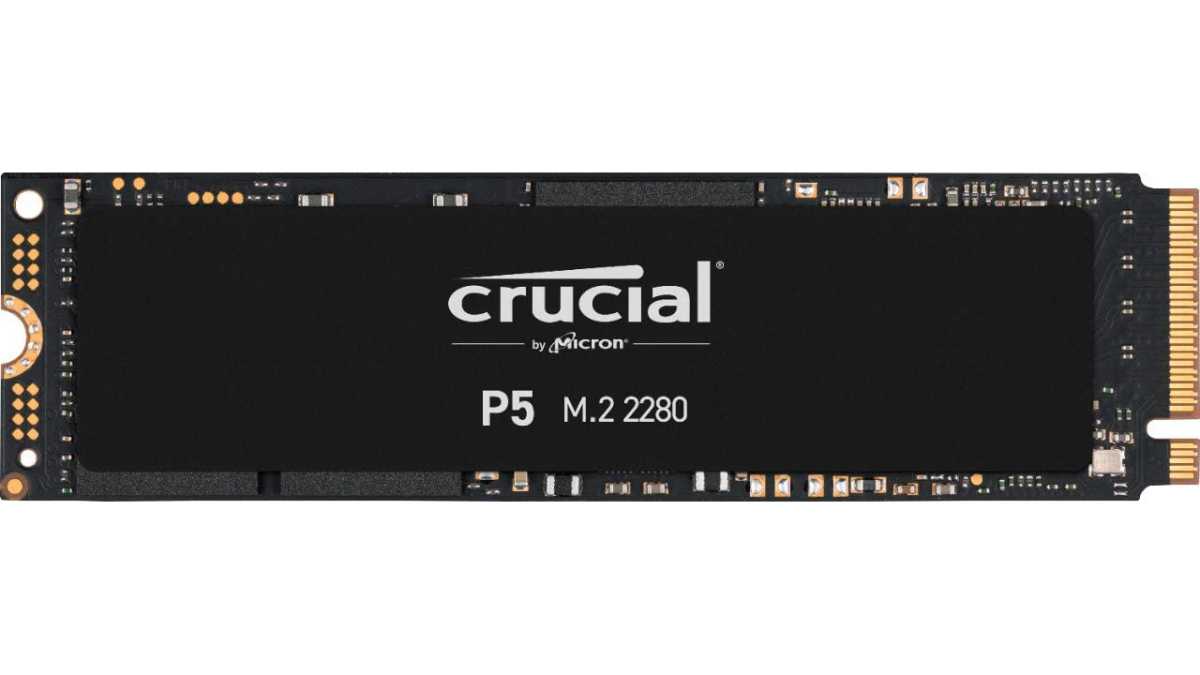
Crucial
Crucial
Crucial
Was: $120
Now: $90 (25% off)
This M.2 NVMe Gen 3 posts real-world sequential read/write speeds that come close to its advertised rate of up to 3,400MB/s—just one of the reasons we liked this drive so much in our review. At this low price, it’s a great value.
It’s not the only SSD on sale, either. Good models of 2.5-inch SATA and M.2 NVMe SSDs are on steep discount right now. For the full lowdown, check out PCWorld’s Best Black Friday PC storage deals roundup.
See the 1TB Crucial P5 on Amazon.
Seasonic FOCUS SGX-500 80+ Gold Full Modular Power Supply
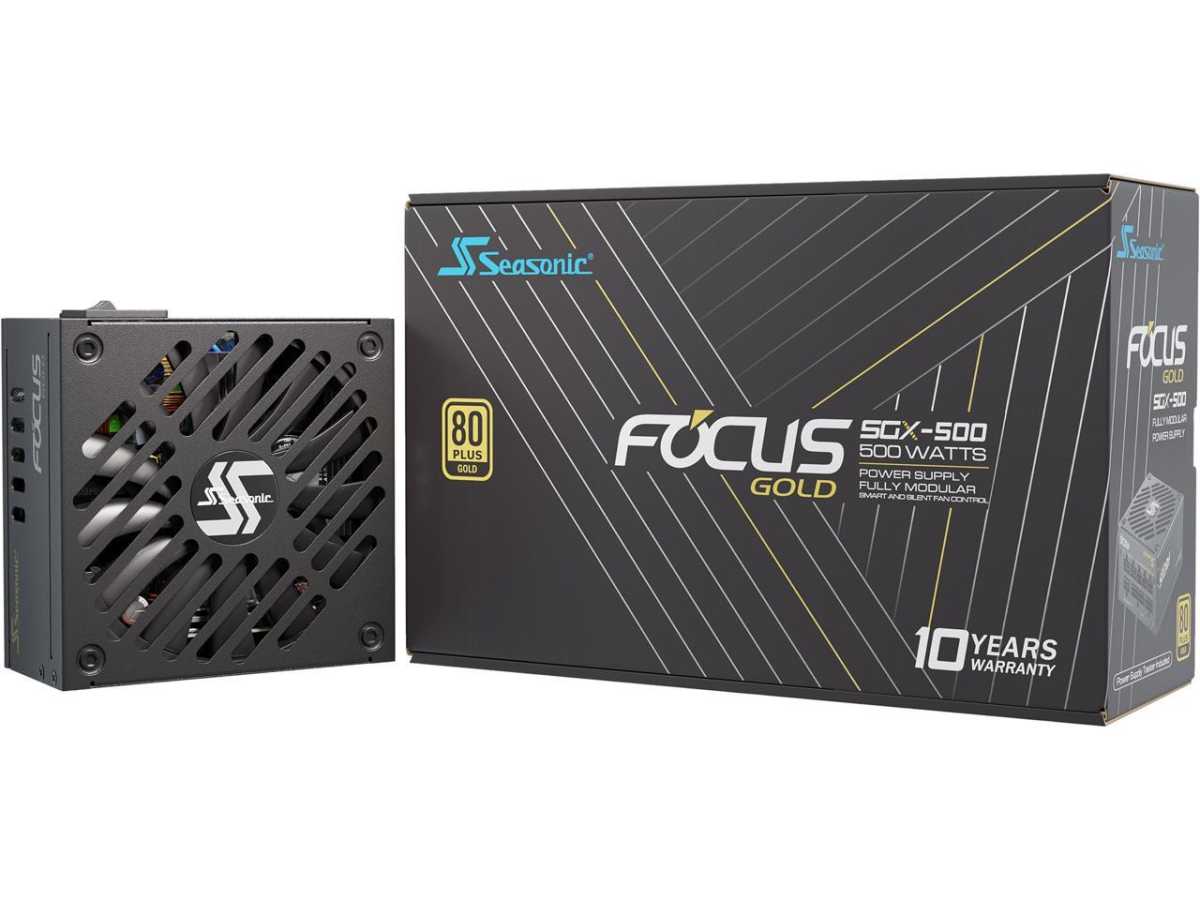
Seasonic
Seasonic
Seasonic
Was: $120
Now: $38 (68% off)
(After $10 mail-in rebate)
As you’d expect, this Newegg deal comes and goes fast. (In the time it took to write this article, I saw it go from being in stock to out of stock to back in stock.) You can’t hook a power-hungry discrete graphics card to it, but for a modest build where cable routing and space is at a premium, this PSU can make the job of tending to aesthetics far less troublesome. Just because you’re on a budget doesn’t mean you can’t appreciate the finer points of PC building, like tidy, logical cable routing.
See the Seasonic FOCUS SGX-500 80+ Gold PSU on Newegg.
be quiet! Dark Rock Pro 4
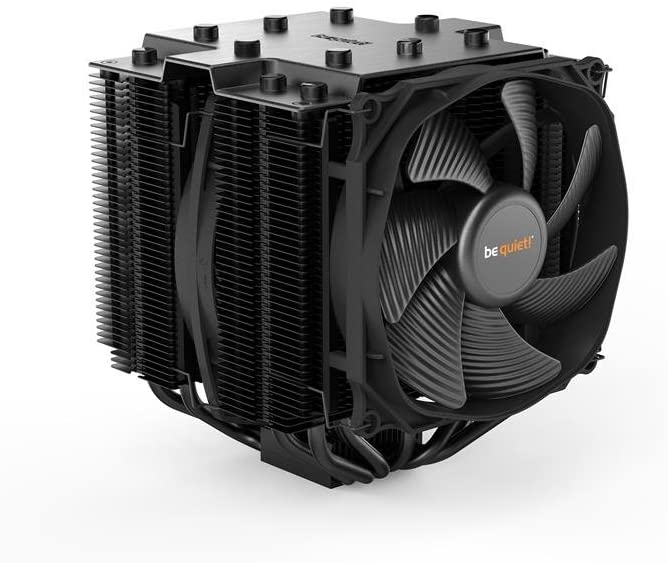
be quiet!
be quiet!
be quiet!
Was: $90
Now: $67 ($23 off)
(Starts 11/26. Use code BFFRDY99 at checkout)
AIO liquid CPU coolers may be all the rage, but you can’t really beat a good air cooler’s advantages. It’s like having a good muscle car in your garage instead of a sleek roadster, with less finicky maintenance involved. This powerhouse rival of the Noctua NH-D15 is at an all-time low, down 35 percent for the first time. Normally $90, you can snag it for $67 via Newegg. Use code BFFRDY99 at checkout.
See the be quiet! Dark Rock Pro 4 on Newegg.
Enermax LIQMAX III 360 ARGB AIO CPU Cooler
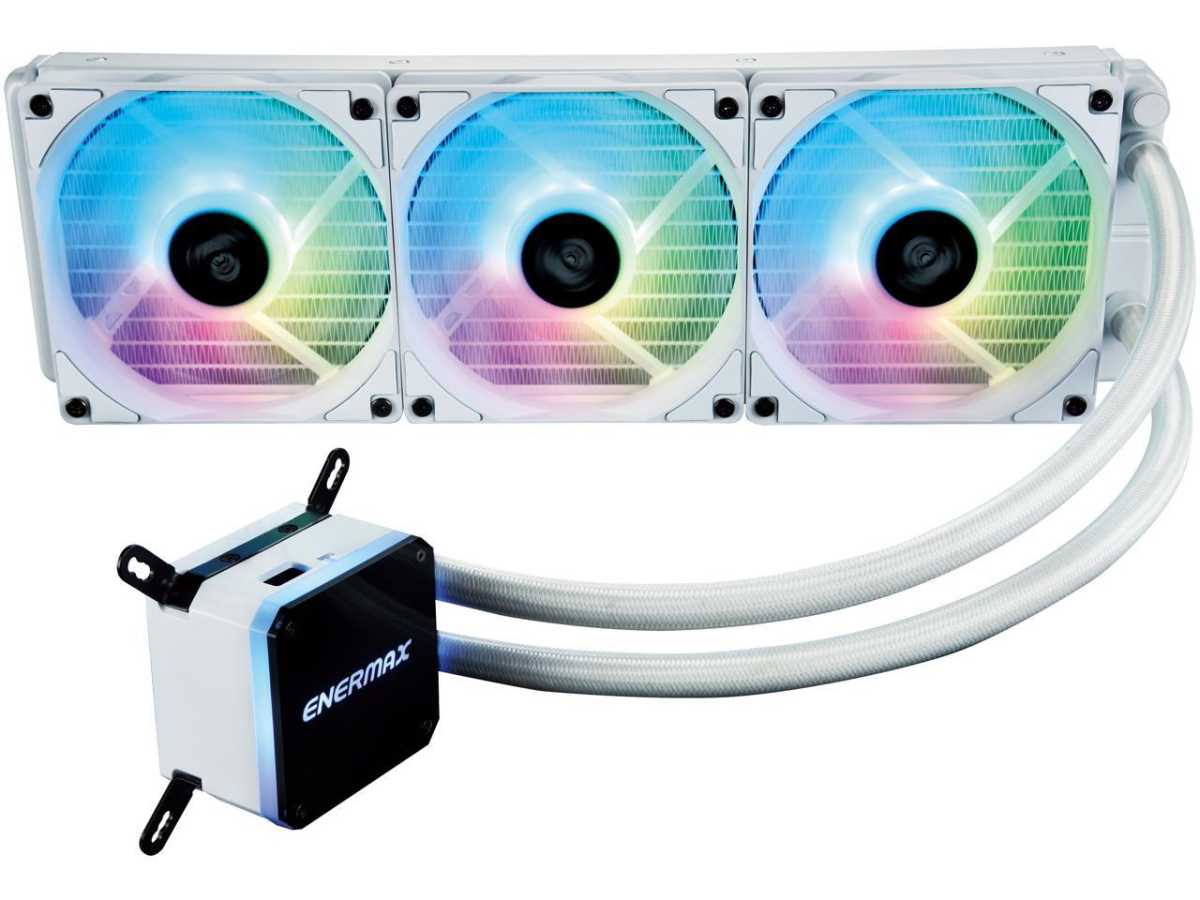
Enermax
Enermax
Enermax
Was: $110
Now: $60 ($50 off)
(After $20 mail-in rebate)
You can of course find deals on AIOs right now. Not all of them are good, but a few are worth a look. A standout among them is this 360mm cooler, available at a shocking low. It’ll do a respectable job of keeping temps down while also ticking off boxes related to aesthetics and noise concerns for a build.
See the Enermax LIQMAX III 360 ARGB AIO on Newegg.
Author: Alaina Yee, Senior Editor

Alaina Yee is PCWorld’s resident bargain hunter—when she’s not covering software, PC building, and more, she’s scouring for the best tech deals. Previously her work has appeared in PC Gamer, IGN, Maximum PC, and Official Xbox Magazine. You can find her on Twitter at @morphingball.
Recent stories by Alaina Yee:
How much RAM do you need in a laptop? Here’s how to figure it outApple’s unfixable CPU exploit: 3 practical security takeawaysDang it, Cooler Master’s iconic NR200 case is being retired






